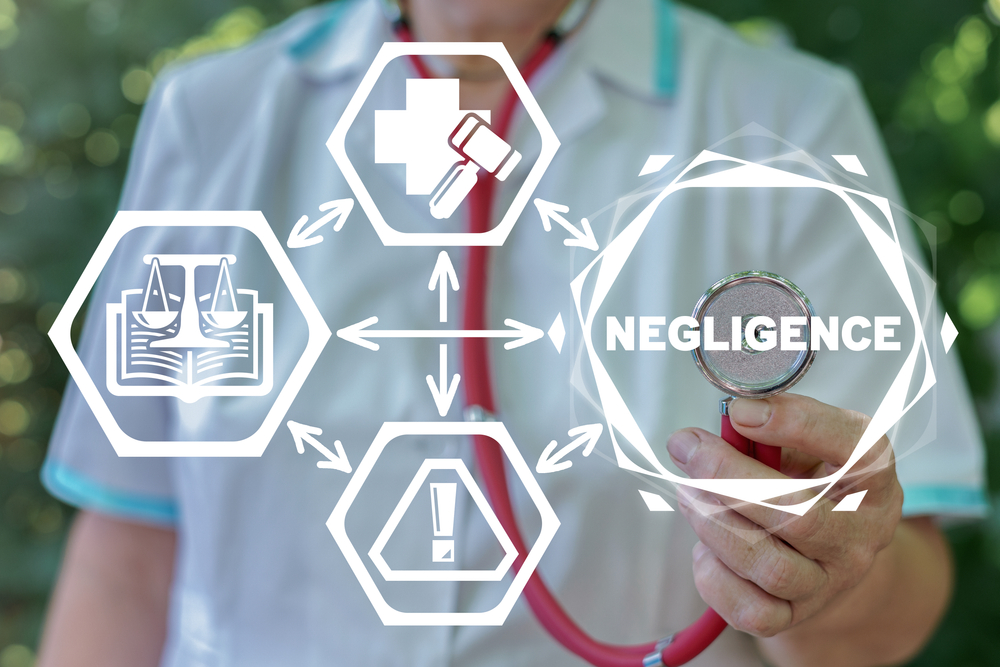Critical Thinking in Nursing: Definition, Skills, and Real-World Impact
Critical thinking is essential for nursing. It enables solid clinical reasoning, reduces risk, and supports better patient outcomes. Every day, nurses interpret data, establish priorities, and make decisions with real consequences. This article defines critical thinking in nursing, explains its importance, provides examples, and shows how to build and measure it. Finally, we connect this…
Read MoreHow to Write a Strong New Grad Nurse Practitioner Resume (with Examples)
Landing your first position as a new graduate nurse practitioner (NP) is exciting, but standing out among other applicants takes more than strong credentials. A well-structured resume is key to showcasing your readiness for advanced practice and helping you secure that first role. Whether you’re crafting a family nurse practitioner (FNP) resume, transitioning from RN…
Read MorePediatric Nurse Interview Questions: How to Prepare & Succeed
Introduction: What It Takes To Be A Pediatric Nurse Pediatric nursing requires a unique balance of technical expertise, clear communication, and emotional resilience. Interviews for these roles are designed to assess not only your clinical knowledge but also your ability to interact effectively with children and their families. Preparation is critical to standing out as…
Read MoreEmergency Room Nurse Interview Questions: How to Ace Your ER Nursing Interview
Securing a position in the emergency department requires more than bedside skills. Employers want nurses who can think critically, communicate under pressure, and support patients and families during some of the most stressful moments of their lives. Preparing thoroughly for emergency room nurse interview questions helps you demonstrate that you’re equipped for this high-stakes environment.…
Read MoreNegligence in Nursing: Definition, Examples, and Legal Implications
Negligence in nursing is one of the most common legal risks faced by healthcare professionals. With rising patient awareness and accountability standards, it is essential for nurses, nurse practitioners, and healthcare organizations to understand what constitutes negligence, how it differs from malpractice, and what steps can be taken to minimize risk. This article provides an…
Read More8 Malpractice Insurance Terms Every Healthcare Worker Should Know
Regardless of your area of practice, all healthcare providers have one thing in common: the need for malpractice insurance, also known as professional liability. This safeguards you against claims filed by your patients and can ensure the longevity of your practice. Arming yourself with knowledge of this insurance can help you proactively choose the terms…
Read MoreNurse Liability Insurance: 7 Reasons to Carry a Policy — Even If Your Employer Has Coverage
Nurses can face legal claims brought by patients, patient representatives, or state nursing boards. Though doctors often draw more attention in lawsuits, nurses—who handle much of the direct patient care—are also vulnerable to regulatory, civil, and even criminal proceedings. The smartest protection is your own liability policy, tailored to defend you personally. 7 Reasons to…
Read MoreTop Nurse Practitioner Salaries & Specialties
Nurse Practitioner Specialties and Salaries: The Highest-Paying NP Jobs in 2025 Nurse practitioners (NPs) continue to be among the most sought-after healthcare professionals in the United States. With expanded scope of practice, growing patient demand, and a shift toward value-based care, NPs are filling critical roles across a wide range of specialties. For those evaluating…
Read MoreRisks of Abbreviations in Nurse Charting
In a fast-paced healthcare environment, it’s tempting to use abbreviations to speed up documentation. But when misused, abbreviations can do more harm than good—posing risks to patient safety, increasing liability exposure, and complicating communication among healthcare providers. Why Abbreviation Use in Nursing Documentation Can Be Dangerous Abbreviations are meant to simplify—but they often complicate. Unlike…
Read More







